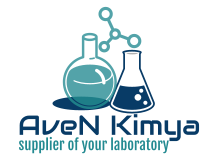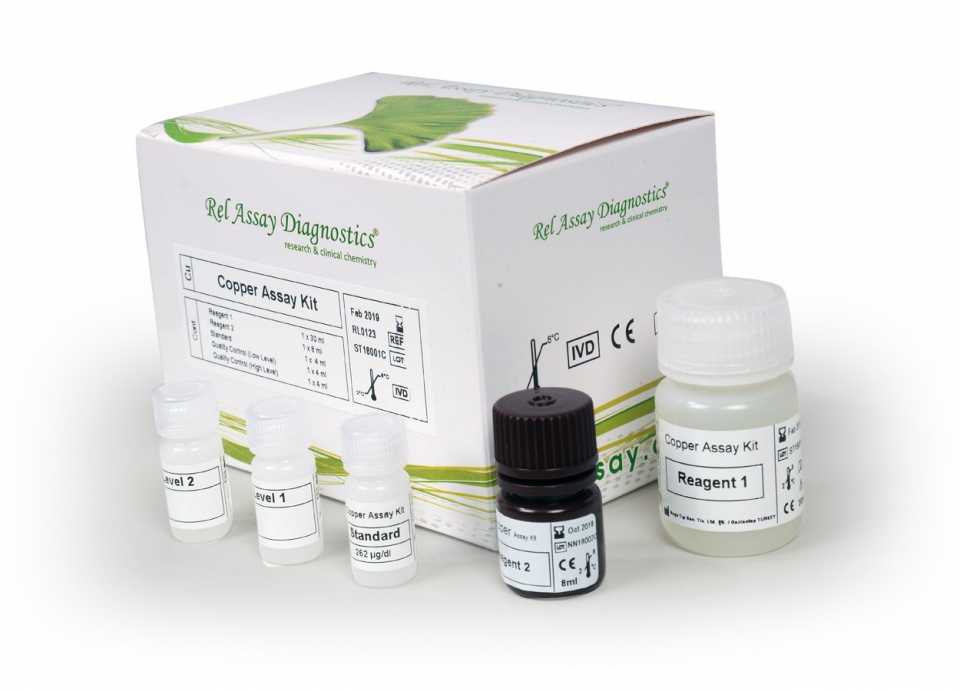Rereranslar
1. Burtis CA, Burns DE. Tietz Textbook of Clinical Chemistry and Molecular Diagnostics. Seventh Ed. Elsevier Health Sciences; 2014. p. 493-496.
2. Uriu-Adams JY, Keen CL. Copper, oxidative stress, and human health. Mol Aspects Med 2005;26:268–98.
3. Bonham M, O’Connor JM, Hannigan BM, Strain JJ. The immune system as a physiological indicator of marginal copper status? Br J Nutr 2002;87:393–403.
4. Linder MC, Hazegh-Azam M. Copper biochemistry and molecular biology. Am J Clin Nutr 1996; 63:797S–811S.
5. Turnland JR, Copper. In: Shils ME, Shike M, Ross AC, Caballero B, Cousins RJ, editors. Modern Nutrition in Health and Disease, 10th ed. Philadelphia, PA: Williams & Wilkins; 2005. pp. 286–299.
6. Araya M, Koletzko B, Uauy R. Copper deficiency and excess in infancy: developing a research agenda. J Pediatr Gastroenterol Nutr 2003; 37:422–429.
7. Cordano A. Clinical manifestations of nutritional copper deficiency in infants and children. Am J Clin Nutr 1998; 67 (suppl):1012S–1016S.
8. Strausak D, Mercer JF, Dieter HH, Stremmel W, Multhaup G. Copper in disorders with neurological symptoms: Alzheimer’s, Menkes, and Wilson diseases. Brain Res Bull 2001;55:175–85

